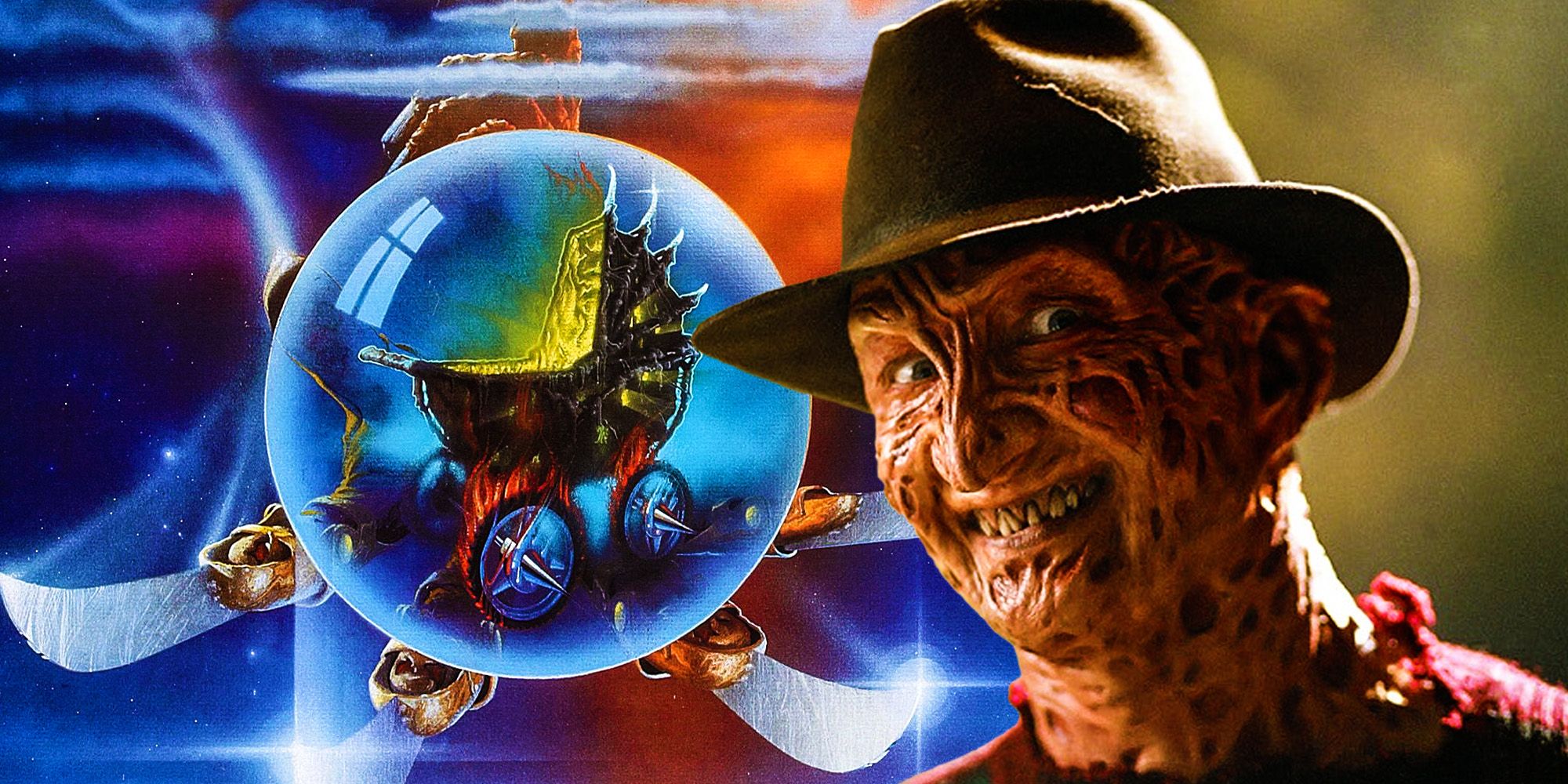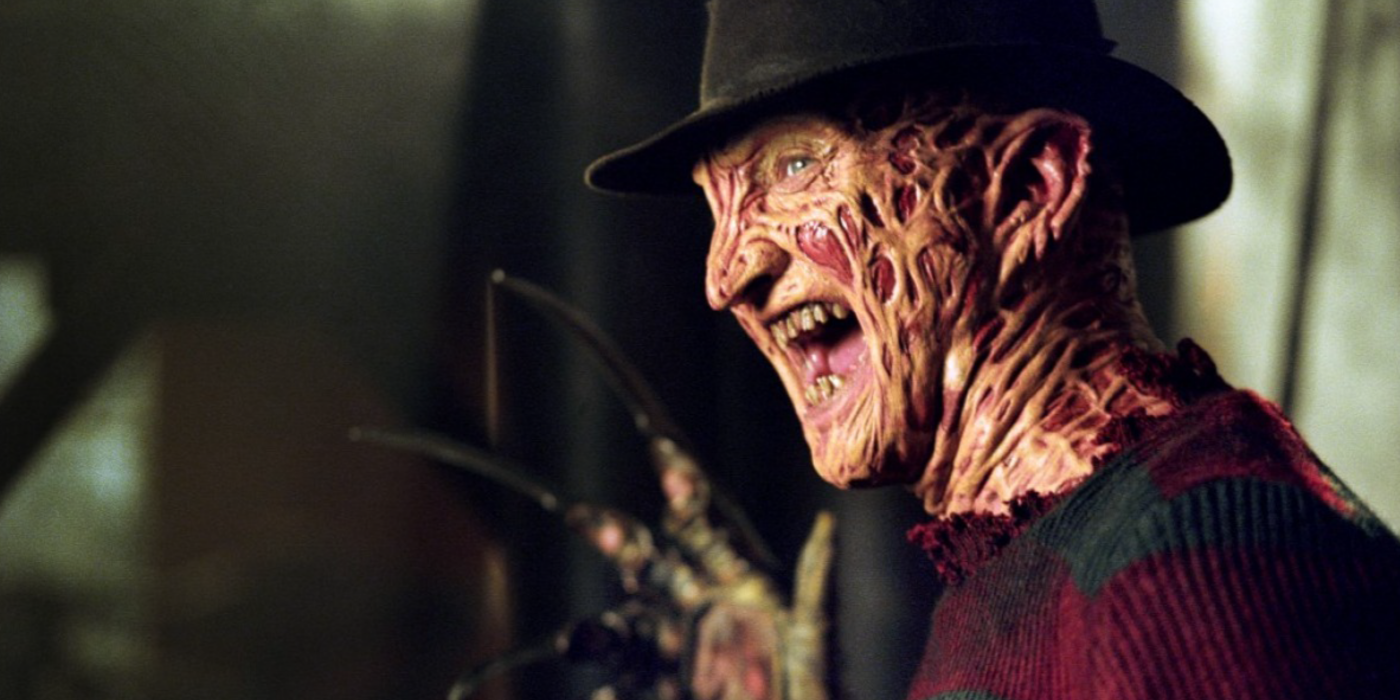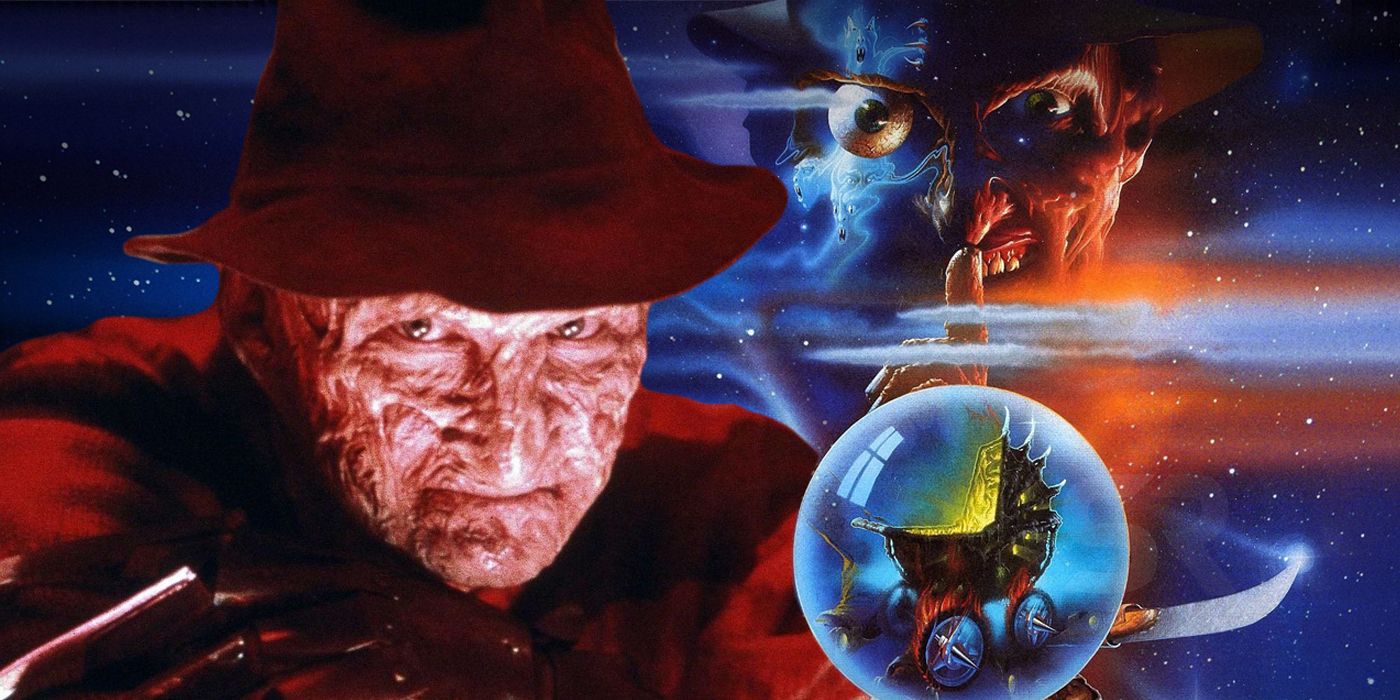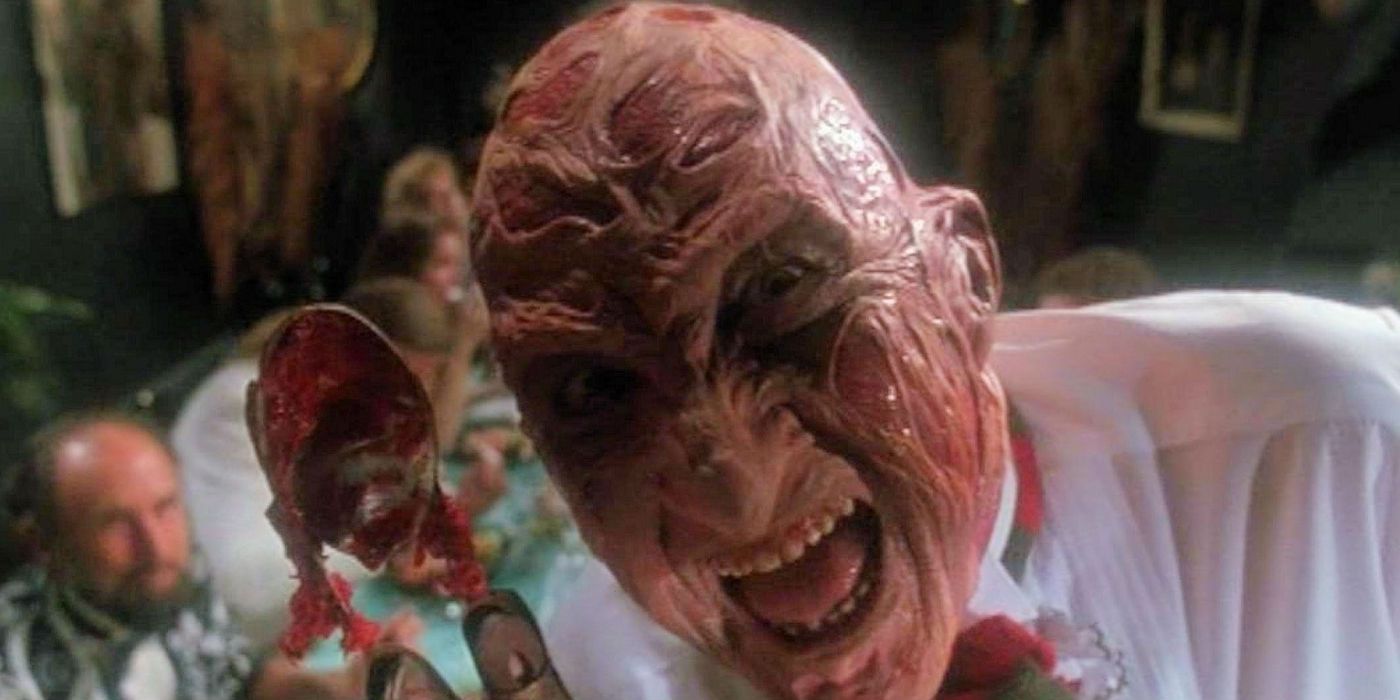Warning: This article contains mention of sexual assault.
Freddy Krueger originally gained a tragic, realistic backstory in Nightmare On Elm Street 5: The Dream Child, but the Nightmare On Elm Street movies wasted the plot by going with a less impressive script draft. The Nightmare On Elm Street series was never the slasher sub-genre’s most morally complicated franchise. While Halloween asked viewers to consider whether anyone can truly be born evil and Friday the 13th gave its hulking killer a tragic childhood, Nightmare On Elm Street’s Freddy Krueger was seemingly immortal proof that some villains were just destined to be un-killable monsters.
Before being burned alive by an angry mob at a surprisingly young age, Nightmare On Elm Street’s Freddy Krueger spent his life torturing and killing kids for no discernible reason. While originally written as a sadistic pedophile, this element of Freddy’s backstory was excised by series creator Wes Craven for fear of seeming exploitative. As a result, the Nightmare On Elm Street villain was simply an unrepentant murderer who spent his life and afterlife tormenting and killing children in the real world and the dream world.
However, Freddy did almost receive a somewhat redemptive (or at least explanatory) backstory in his fifth movie outing, and dropping this plot may have been the biggest mistake that the Nightmare On Elm Street movies made. Viewers are fascinated by complicated horror villains as proven by everything from Us to Candyman, and A Nightmare On Elm Street’s Freddy could have become a much more complex and interesting figure if his backstory had been brought to life onscreen. Freddy’s tragic backstory was outlined in an early draft of Nightmare On Elm Street 5: The Dream Child, but screenwriters Craig Spector and John Skipp later bemoaned that their ingenious backstory for the character was jettisoned in the finished film. The version of Nightmare On Elm Street 5: The Dream Child was an uninspired mess that kept nothing but one line from Skipp and Spector’s script, but the un-produced story offered the sort of compelling origin for Freddy that the Nightmare On Elm Street franchise still has not provided.
Craig Spector and John Skipp’s NOES 5 Explained
In their plan for Nightmare On Elm Street 5: The Dream Child, screenwriting duo Spector and Skipp offered a more existential take on ‘dreams’ than the rest of the more literal-minded franchise. For the pair, dreams referred to big picture goals and ambitions as much as literal night-time imaginings, and Freddy was out to destroy hopes for the future as much as pop up in nightmares. Per Skipp, “Their dreams weren’t just being chased by a monster. It was more like I dreamed I finally got out of this [expletive deleted] town and wasn’t going to grow up like my dad, an alcoholic [expletive deleted] who beats me.” The movie would have revealed that Freddy’s own brutal treatment led him to despise those who dreamed of a better life, and resulted in him killing them out of spite.
It is an idea revisited in the later horror novel There’s Someone Inside Your House (but elided by its movie adaptation). However, where that book painted its villain as a jealous loner, Nightmare On Elm Street 5: The Dream Child’s Freddy was intended to be a more complex character who resented the ambitions of others because of abuse he suffered at the hands of authority figures throughout his own childhood. Feeling incapable of becoming anything worthwhile, the traumatized Freddy would have decided to torture those more optimistic than him. As Skipp says, “I dreamed that I was going to grow up and be the type of person I always hoped I would be. Freddy, who’s coming up through this baby, is like, ‘Oh, no you won’t. I’m here to make sure that all your dreams die.’
NOES 5 Would Have Explained Freddy Krueger’s Origins
While viewers knew that Freddy was a killer since the original Nightmare On Elm Street, the movies never explained why the character became a monster. Nightmare On Elm Street 3: Dream Warriors mentions that his mother was a nun sexually assaulted by asylum patients, but Skipp and Spector’s script went into detail about Freddy’s evil stemming from nurture, rather than nature. Rather than evil being genetically hereditary as Freddy’s earlier backstory implied, in this draft, Krueger’s twisted worldview was a direct result of him being mistreated throughout childhood because of his origins. As Skipp said, “We were really going to try and figure out how Freddy works, why he did it, and what made him a monster. Some nun got raped, right, and that mother would have been locked up and that boy would have been a disgrace. He was born stigmatized, he was born shameful and sinful. So, he was basically raised by mean nuns, who helped make him the monster that he was.”
Most of the sequel’s sizable budget ended up being spent on Nightmare On Elm Street 5’s gory death scenes, many of which were eventually censored by the MPAA anyway. However, at the height of its success, the Nightmare On Elm Street franchise was one of few horror staples with enough money to bring Skipp and Spector’s ambitious premise to life. A similar premise was explored earlier by the Silent Night Deadly Night series, wherein abusive nuns accidentally imbue a murderous moralistic streak on a traumatized orphan. However, those trashier slashers ended up being more tacky and tasteless than the more mainstream Nightmare On Elm Street movies, which had the budget and big-name talent to make such a difficult story work on-screen. Horror icon Stephen King was even offered control of the series, with the writer turning down the job of directing Nightmare On Elm Street 5: The Dream Child. As such, it is frustratingly clear that the creators weren’t entirely averse to more thoughtful takes on horror cliches.
How NOES 5 Could Have Saved The Franchise
As noted by Skipp and Spector, the third sequel in the Nightmare On Elm Street series had already made Freddy more of a court jester than a terrifying monster: “The idea was to make Freddy scary again because he was getting dangerously close to becoming a game show host or a breakfast cereal mascot." Thus, the duo’s script humanized Freddy to make his murderous rampages more understandable and tragic. Intended to undo director Renny Harlin’s light-hearted Nightmare On Elm Street 4, this sequel would have deepened the character and given him a new, more sympathetic edge. As Skipp said, “You would just go into his past and see, ‘Oh God, they ****ed with him, and he became a monster. That’s how he got twisted at the root.”
This fresh take could have revitalized the flagging franchise and revamped Freddy, giving viewers a reason to care about a slasher series that had few recurring characters outside of its famous villain. However, while Nightmare On Elm Street’s franchise producers compared Skipp and Spector’s script to a Kubrickian take on the series, they still opted to go another direction. Thus, viewers instead got another Nightmare On Elm Street sequel even weaker than its predecessor which, alongside Freddy’s Dead: The Final Chapter, proved the death knell of the series.




